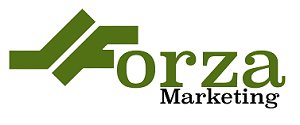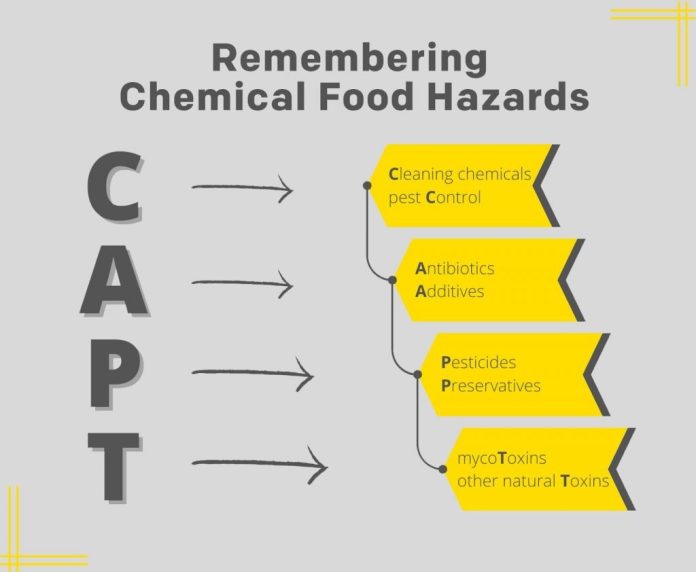Potentially Hazardous Foods (PHFs) demand stringent temperature management to ensure safety. This category includes meats, dairy items, cooked vegetables, rice, eggs, and seafood, all susceptible to rapid bacterial proliferation if mishandled. Comprehending the risks tied to PHFs is crucial for both home cooks and commercial kitchens. Improper storage or leaving PHFs at room temperature creates an ideal environment for dangerous pathogens like Salmonella, E. coli, and Listeria to flourish. These bacteria can multiply to dangerous levels within a short period, leading to foodborne illnesses with symptoms ranging from mild discomfort to severe health complications. Therefore, maintaining correct temperatures, practicing proper hygiene, and adhering to safe food handling procedures are essential when dealing with PHFs to prevent food poisoning and protect consumer health. Knowing where must you store potentially hazardous food is essential here.
Refrigerator Storage: Zones and Temperature
To prevent contamination, PHFs must be stored in refrigerators at or below 5°C (41°F). Within a refrigerator, different zones are suitable for specific types of food. Raw meats and poultry should always be stored on the bottom shelf in leak-proof containers to prevent juices from dripping onto ready-to-eat foods. Dairy products and leftovers should be stored on higher shelves, while produce belongs in designated drawers with proper humidity settings. Using a refrigerator thermometer helps maintain accurate temperature control, a key aspect of food safety compliance in both home and commercial settings.
Freezer Storage: Safe and Long-Term
Freezers should maintain a temperature of -18°C (0°F) or lower to keep potentially hazardous foods safe for long-term storage. Raw meats, seafood, and prepared meals can be stored in airtight containers or vacuum-sealed bags to prevent freezer burn and reduce contamination risk. Organizing the freezer with clear labeling and first-in, first-out (FIFO) inventory practices ensures food is used within its safe storage time. This is especially critical in commercial kitchens, where large quantities of PHFs are stored regularly.
Preventing Cross-Contamination
One of the most common causes of foodborne illness is cross-contamination. This occurs when bacteria from raw food transfer to ready-to-eat items through contact with contaminated surfaces, utensils, or improper storage. Clean and sanitize surfaces regularly, especially in commercial kitchens where multiple staff members handle food.
Staying Compliant with Food Safety Regulations
Both home cooks and food service professionals should familiarize themselves with local food safety guidelines, such as those from the FDA or your local health department. Regular training on safe food handling, proper storage techniques, and temperature monitoring is vital. In commercial kitchens, having written food safety plans and conducting routine inspections can prevent costly violations and ensure customer safety. At home, simple practices like labeling leftovers and storing food correctly can significantly reduce health risks.
Conclusion
Storing potentially hazardous food safely is not just about keeping it cold—it’s about using proper zones, avoiding cross-contamination, and adhering to food safety regulations. Whether you’re cooking for your family or serving a restaurant full of guests, following these practices ensures meals are not only delicious but safe to eat.






